
South Carolina faces a unique challenge as officials warn of an invasion by giant tegus, a type of lizard. These reptiles, native to South America, have been spotted in the wild, raising concerns among local wildlife experts and residents alike. The situation has prompted immediate action to manage their population.
What Are Tegus?
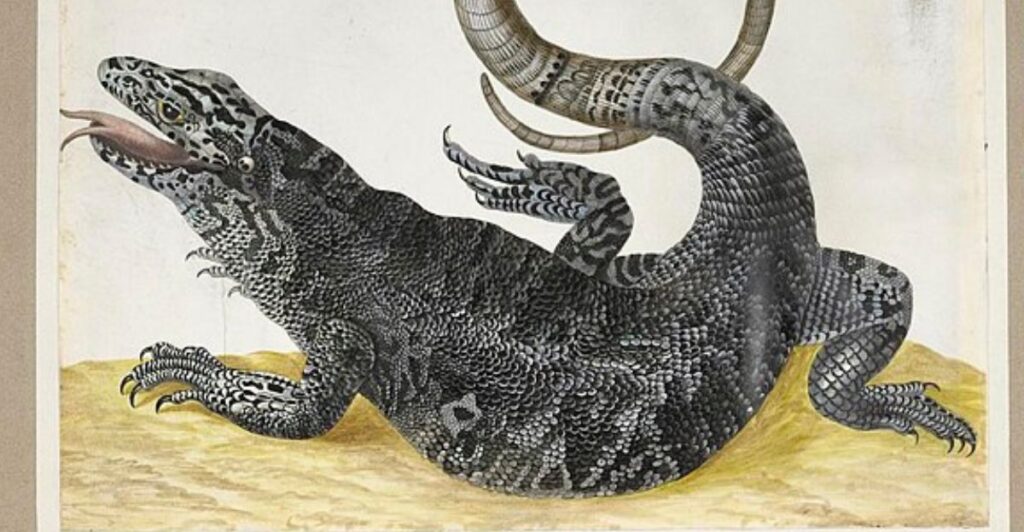
Tegus are large lizards that can grow up to four feet long. They are known for their intelligence and adaptability. Their diet is varied, including fruits, insects, and small animals. This adaptability makes them a potential threat to local ecosystems if they establish themselves in South Carolina.
Origins of the Invasion

The current invasion is believed to stem from pet owners releasing their tegus into the wild. This practice has become more common as people realize these lizards can be challenging to care for. The first sightings in South Carolina were reported around 2020, indicating a growing problem.
Impact on Local Wildlife
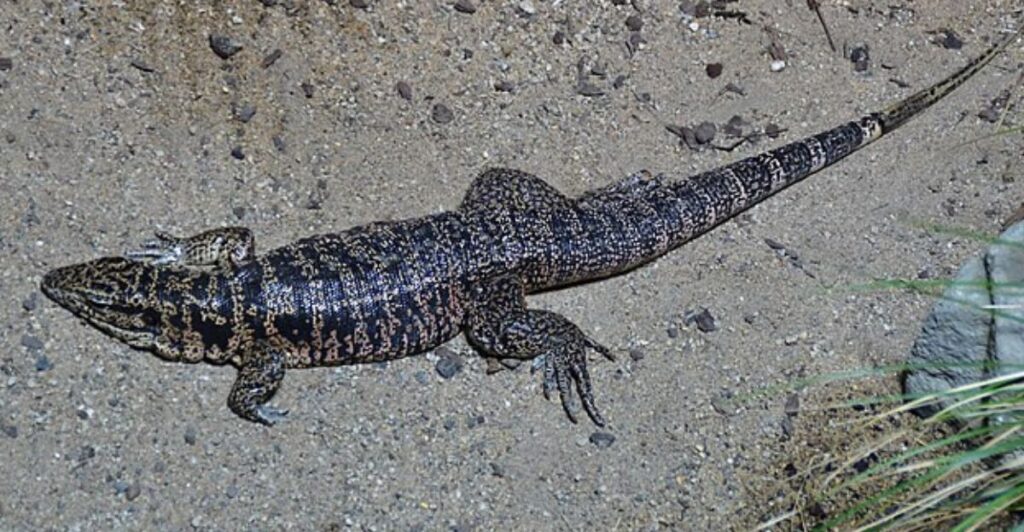
Tegus pose a significant threat to native species in South Carolina. Their predatory nature means they can disrupt local ecosystems by preying on birds, small mammals, and even eggs of ground-nesting birds. This could lead to declines in native populations and biodiversity loss.
Government Response
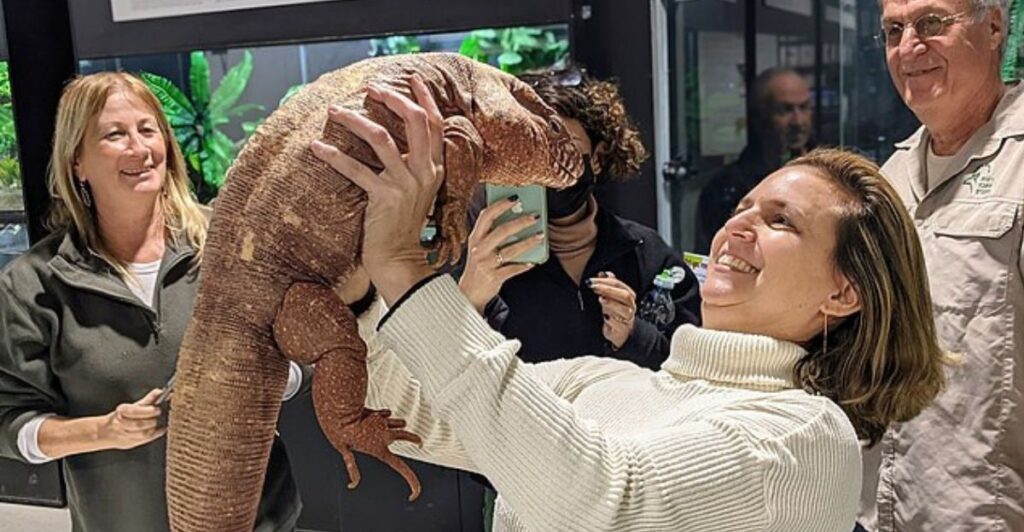
South Carolina officials are taking steps to control the tegu population in response to the invasion. Efforts include public awareness campaigns and encouraging residents to report sightings. Wildlife agencies are also considering trapping and removal strategies to manage the situation effectively.
Public Awareness Campaigns
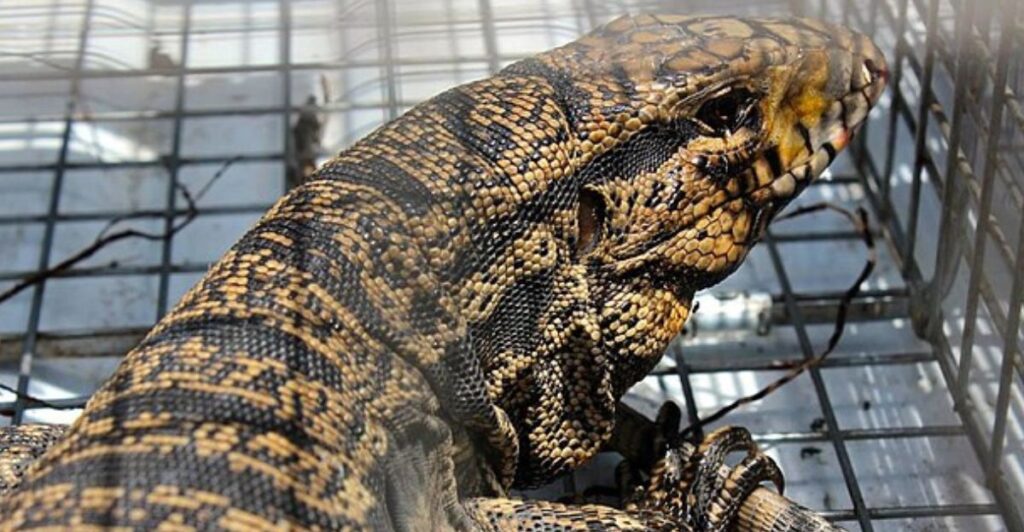
Officials are educating the public about the dangers of releasing exotic pets into the wild. Information is disseminated through social media, community events, and local news outlets. The goal is to inform residents about identifying tegus and reporting them promptly.
Tegu Identification
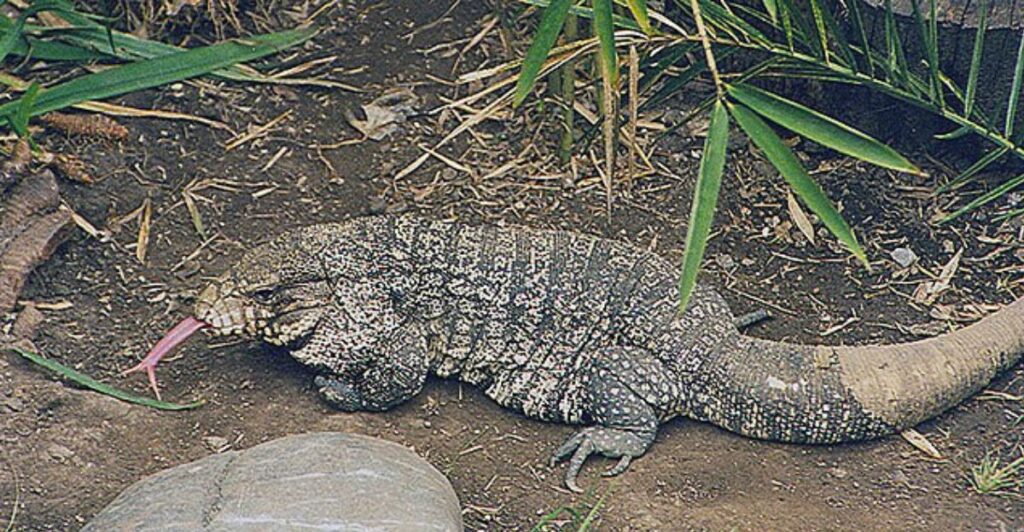
Identifying a tegu is crucial for reporting sightings accurately. They have distinctive features such as a robust body, long tail, and smooth scales that can be black or dark brown with yellow markings. Knowing these characteristics helps residents distinguish them from native species.
Legal Implications
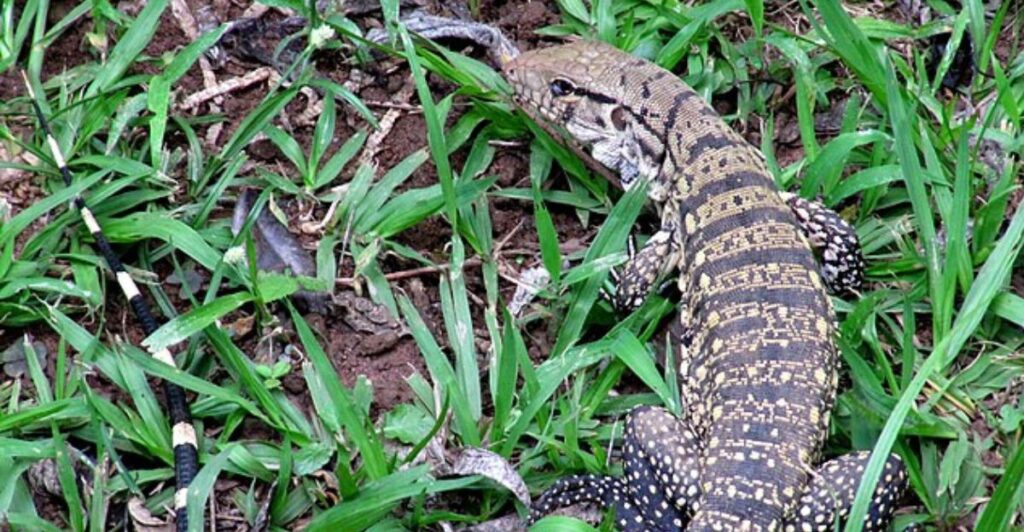
Due to their invasive status, keeping tegus as pets is now regulated in South Carolina. Owners must adhere to specific guidelines regarding their care and containment. Violations can result in fines or other penalties to prevent further releases into the wild.
Ecological Consequences
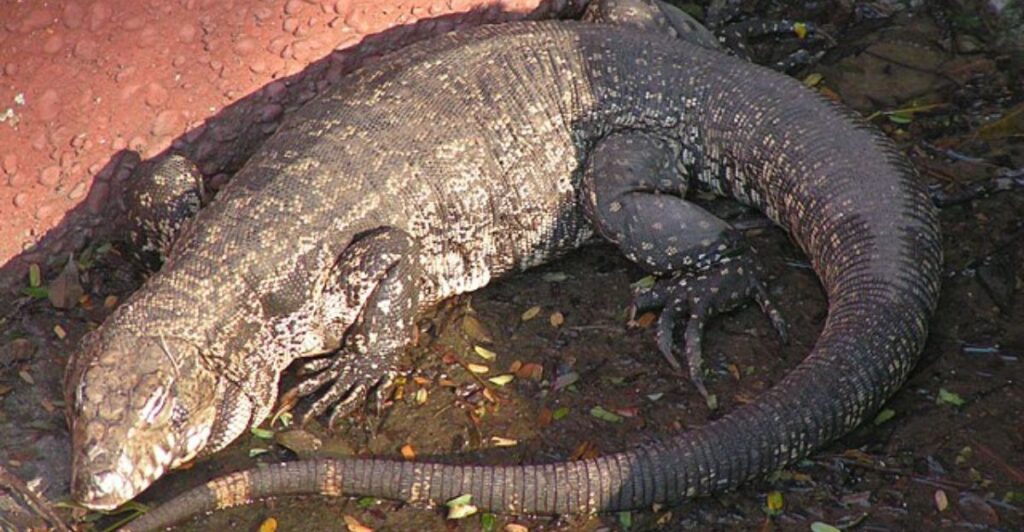
The introduction of non-native species like tegus can lead to significant ecological consequences. They may compete with native species for food and habitat, potentially leading to declines or extinctions of vulnerable species within the ecosystem.
Community Involvement
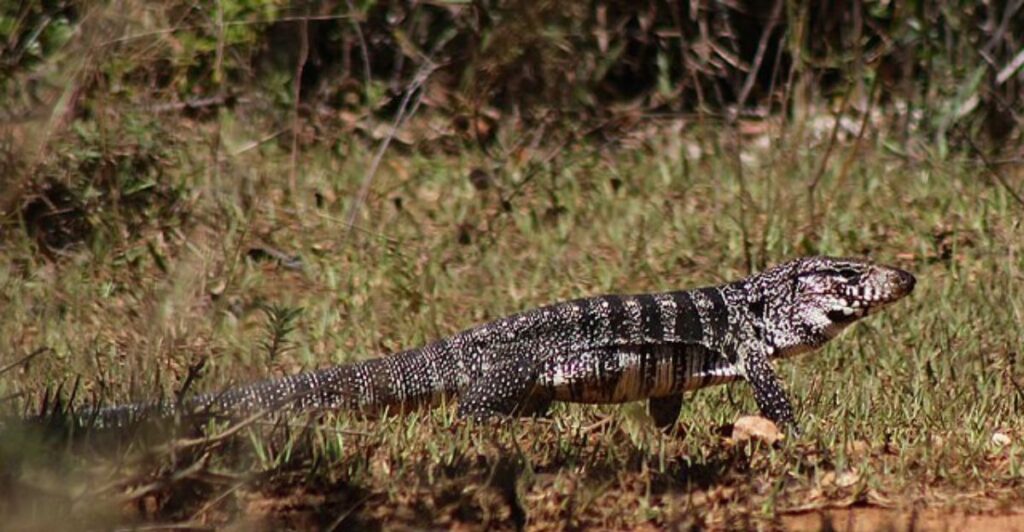
Community involvement is essential in managing this invasion. Residents are encouraged to participate in monitoring efforts by reporting sightings and educating others about the issue. Local groups may also organize clean-up days or educational workshops.
Future Monitoring Plans
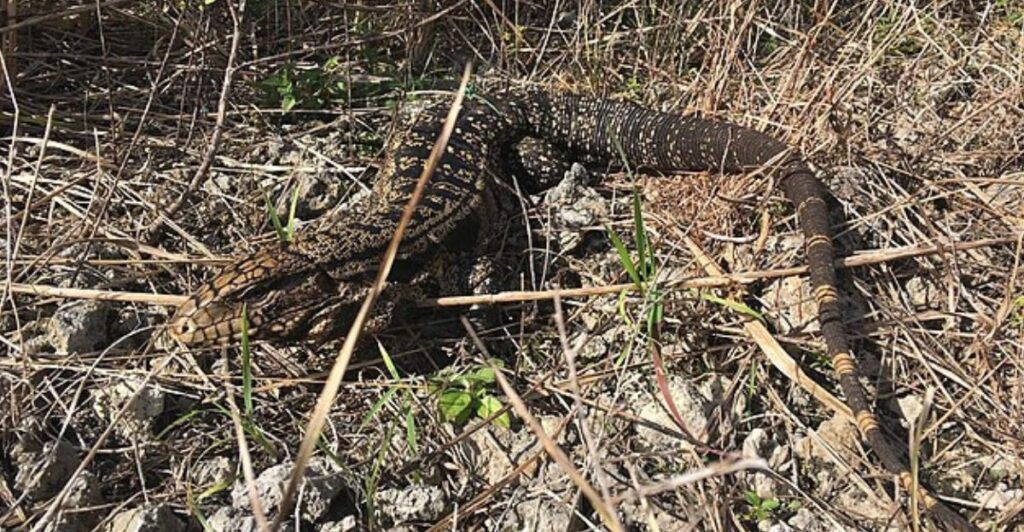
Wildlife officials plan ongoing monitoring of the tegu population in South Carolina. This includes regular surveys, and tracking reported sightings to assess their spread and impact on local wildlife populations over time.
Long-Term Solutions
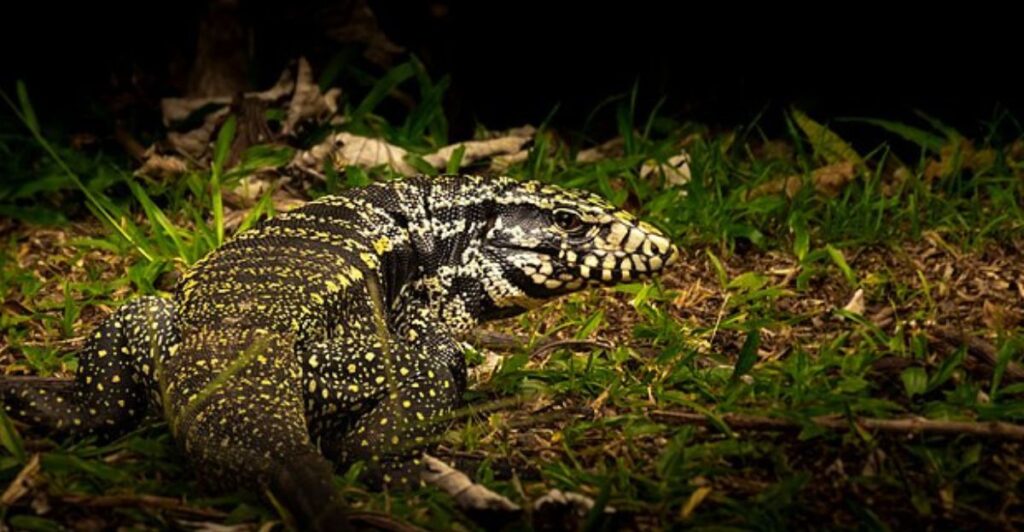
Long-term solutions may involve habitat restoration efforts and continued public education on invasive species management. Collaboration between state agencies, local communities, and conservation organizations will be vital for success.
Mitigating The Impact

The tegus invasion in South Carolina highlights the challenges posed by invasive species. By working together, residents and officials can help mitigate the impact of tegus on local ecosystems while promoting responsible pet ownership practices for the future.
Discover more of our trending stories and follow us to keep them appearing in your feed

43 South Carolina Lab Monkeys Escape Giving Them The Right To Freedom
Nature’s First Fiber Optics – The Future of Internet Innovation
Lake Shasta’s Remarkable Comeback From Drought Captured in Stunning Images
“There Will Be Eruptions”: Concerns Mount as Yellowstone Supervolcano Activity Increases
References:
Reference 1
This article first appeared here
Stay connected with us for more stories like this! Follow us to get the latest updates or hit the Follow button at the top of this article, and let us know what you think by leaving your feedback below. We’d love to hear from you!







